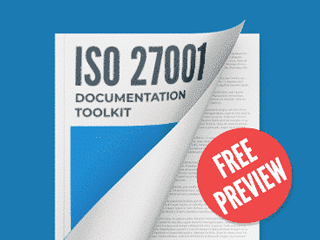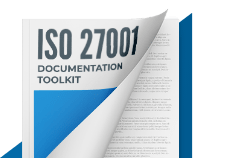Chemical lab test
What are the measures which should be followed in a chemical lab for assuring the quality of the test?
Assign topic to the user
Before you can determine what measures are required, you need to develop and validate the method. This provides valuable information on what performance to expect from a method, for example limit of detection, accuracy and repeatability. The ruggedness (robustness) studies will indicate what the influencing factors are during normal usage, for example instrument stability and sensitivity of the method to sample matrix changes. You will then know the “method risks” that need to be controlled and monitored to ensure the ongoing validity of results from a method.
Ensring the validity of a test involves taking measures to monitor and evaluate analytical data; and acting on any trends noted in the performance of a method for specific samples or a batch of samples. Typically you would use statistical techniques and QC charts to plot, and detect trends and nonconforming work to avoid realising suspect results. The data comes from two quality control processes. The first is External Quality Control. Here, through regular participation in an formal proficiency testing scheme or interlaboratory comparison, you will evaluate your laboratory performance for any significant statistical bias against other laboratories performing the same test.
The second process is Internal Quality Control, where you could include a number of measures, depending on your method and need. It will involve running and analysing a suitable number of quality control materials (samples) in each batch. These could be blanks, certified reference samples, spiked samples, check samples and / or sample replicates to measure an acceptable accuracy or repeatability of your method. The criteria for acceptance of the results must be established. If the criteria is met, then the results can be realised with confidence. For example, a typical QC criteria is that the result for an internal control sample run over a period of time must fall above and below its mean in a random pattern, but within set upper and lower control limits.
The ISO 17025 toolkit document template: Quality Assurance Procedure includes the Quality Control requirements to ensure valid results from all testing and calibration activities. It is available, including a free preview at https://advisera.com/17025academy/documentation/quality-assurance-procedure/
The specific Quality Control methods and frequency must be established by the laboratory, based on risk. This will depend on the method type, and the use of the results.
Comment as guest or Sign in
May 22, 2020


